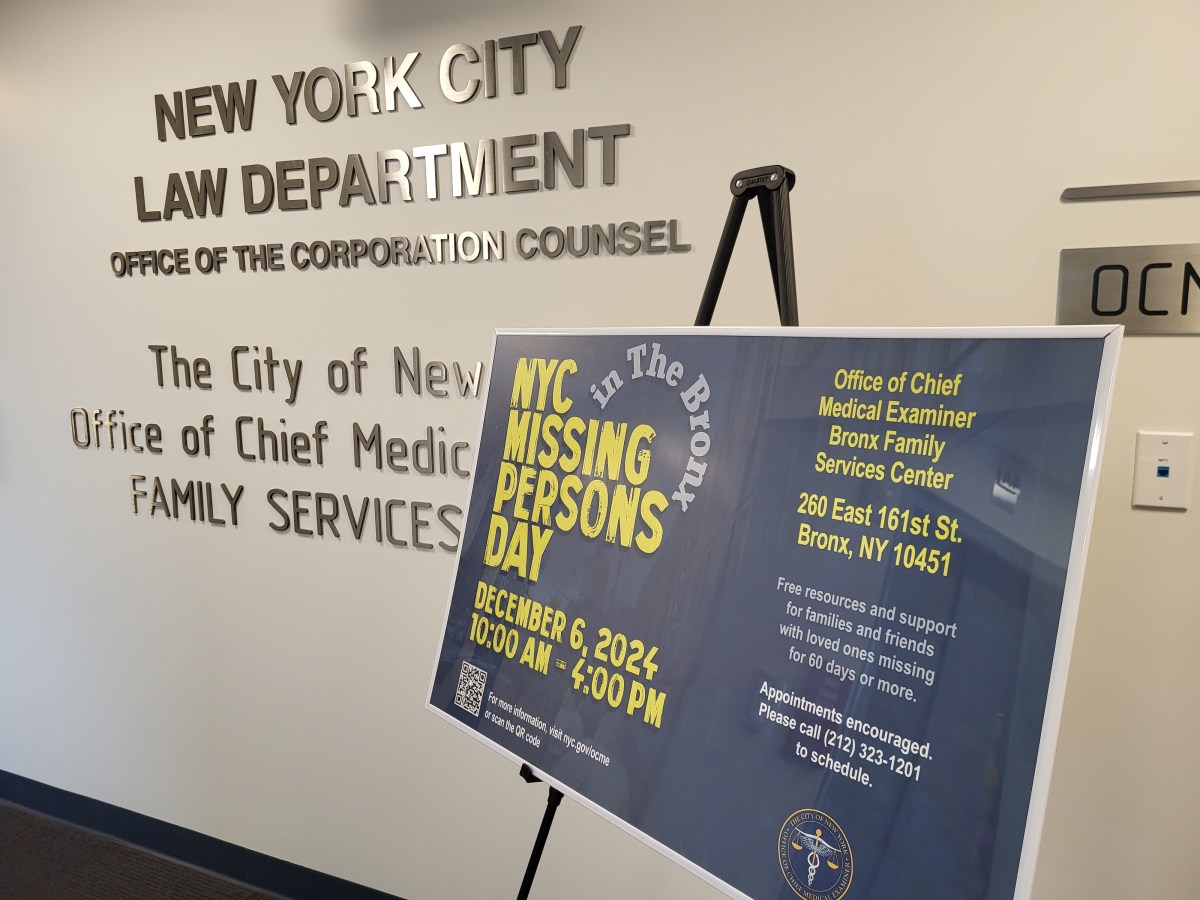Lud-dite: A person opposed to increased industrialization or new technology.
So the last typewriter factory in the world has closed its doors forever. The Godrej & Boyce factory — in India, of course. Mumbai, India.
From 1801 to 1976, every word that ever went into the New York Post got there by typewriter. Well, first a quill pen, later by typewriter. A City Room full of big, old, timeworn typewriters, in the years when I was on The Post. Timeworn but lovable. Good, old, battered old friends. Old friends that didn’t squeal even when Gene Grove, to express his disgust at a stupid rewrite assignment, snuck a dirty-words story written on one of them into the Late City Edition.
In 1976, Rupert Murdoch sweet-talked Dorothy Schiff into selling him the newspaper. He was not going to change anything about it, he promised her. Next day he started to change everything.
One day I came to my desk, only to be confronted by a silent, pitiless blue-black screen. A keyboard, yes, but no copy paper. What’s this? A newspaper without paper? Ninny on your tintype, as my grandfather used to say.
Murdoch had automated — computerized — the New York Post, all the better to speed the endless taradiddle of the new Page Six and the letter-count of Vinnie Musetto’s immortal “wood” — the huge glaring front-page headline:
HEADLESS TORSO
IN TOPLESS BAR
In that era I think The Post had around 900 employees, give or take a hundred here, a hundred there, most of them in the editorial or business departments. We are talking about the South Street building, before Murdoch put his News Corp. and all its operations up there on 47th and Sixth, and the very last of those 900 South Street people to convert to computers was the Luddite you’re now reading.
I know I broke the hearts of several young colleagues who spent hour after hour, day after day, trying to show me how easy it was to use a computer.
There came a day when all the city’s surviving daily newspapers, The Post among them, were once more shut down by a strike. Or, if you please, a lockout. And there came another day when — taking a page from clever Dolly Schiff, who had left her haughty male fellow publishers with egg on their faces by settling before they did during an earlier printers’ strike — Rupert Murdoch did what she had done: He brought The Post back to work.
And he had a clear field. The Times, The Daily News et al. remained dead on the street. The New York Post was the only game in town, but its pages had to be filled with something. And one of the things that some great brain proposed to fill it with was a News of the Week in Review — you know, like the one every Sunday in The New York Times.
The management asked Jimmy Wechsler to edit it, and Jim said: “If you give me Jerry Tallmer.” So that’s what I did for all the weeks that the strike lasted — except the New Australian Brass wouldn’t give me any writers or reporters at all — wouldn’t give me the time of day — so I turned elsewhere within the organization:
I went to the copy kids — eager young men and women just out of school or still in school — and said: “You want to write?”
You can bet they did.
So every Tuesday, I think it was, my “staff” and Carole Lee, Jimmy Wechsler’s invaluable secretary, would gather in our cubbyhole and I would go through the list of possible stories, and would assign them, along with word length, to this kid or that kid, Charlie Carillo, Amy Pagnozzi, Jamie Bernard, whoever.
And I would say, as they winced and groaned: “Now remember, guys. I want these things typed. Remember typing? I don’t edit by computer. You bring me your typed stories by such and such a date, and I’ll edit them by pencil and give the edited copy to Carole here, who’ll feed them into the computer, and that will be that.”
So that’s what we — the copy kids, Carole, myself, occasionally Jimmy Wecshler — did for many weeks, turning out a product that was, to my mind and a few others, the class of the Murdoch Post in that era.
And I was bragging about it to some Posties a few years later — how I’d got these kids actually to do all this by typewriter, not computer — when I think it was Amy Pagnozzi who laughed and said:
“But Jerry, don’t you see… . We wrote those stories by computer, each and all of us, and then copied them out by typewriter and gave the typed copies for you to edit, and Carole to feed back into the computer.”
Your innings, Rupert.
Article By JERRY TALLMER
































